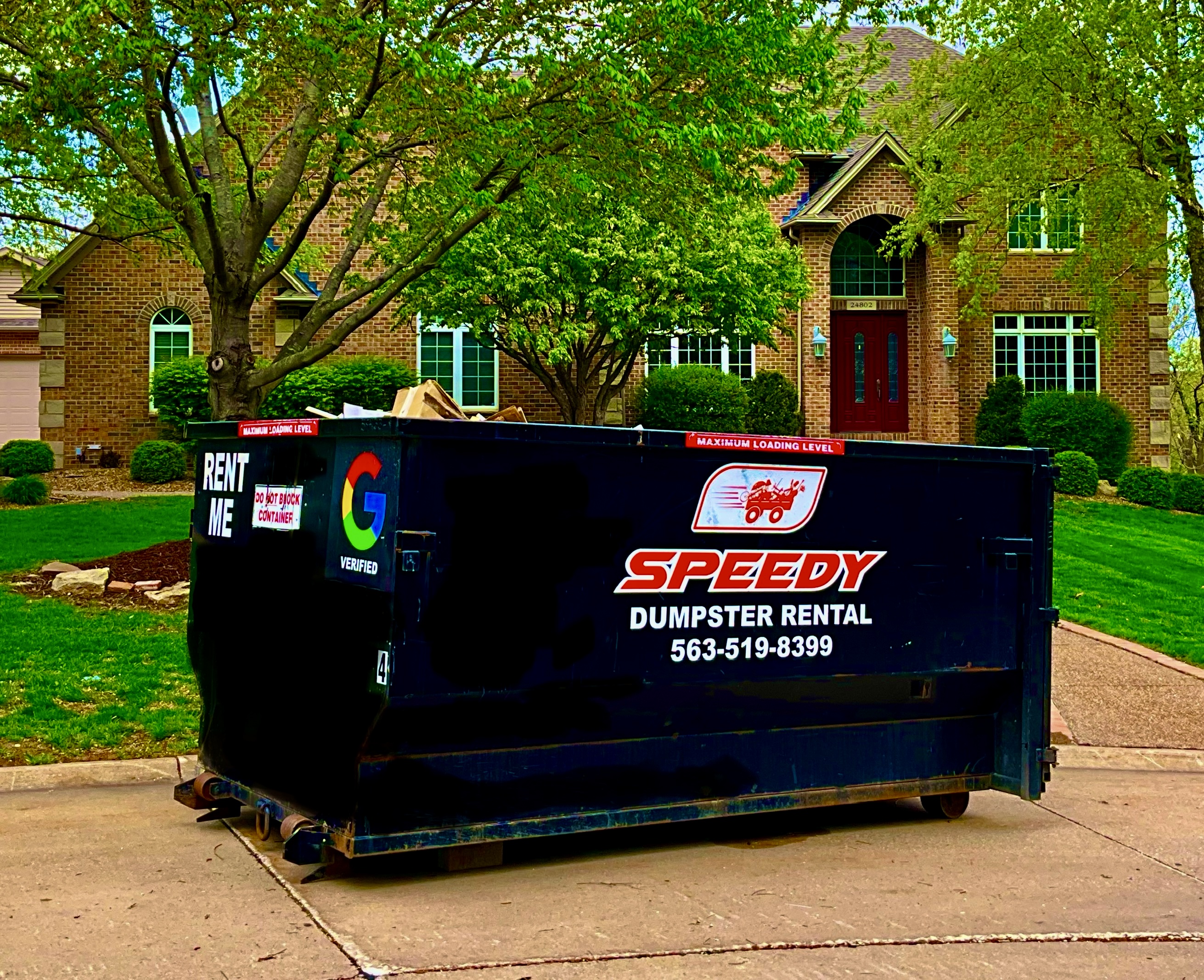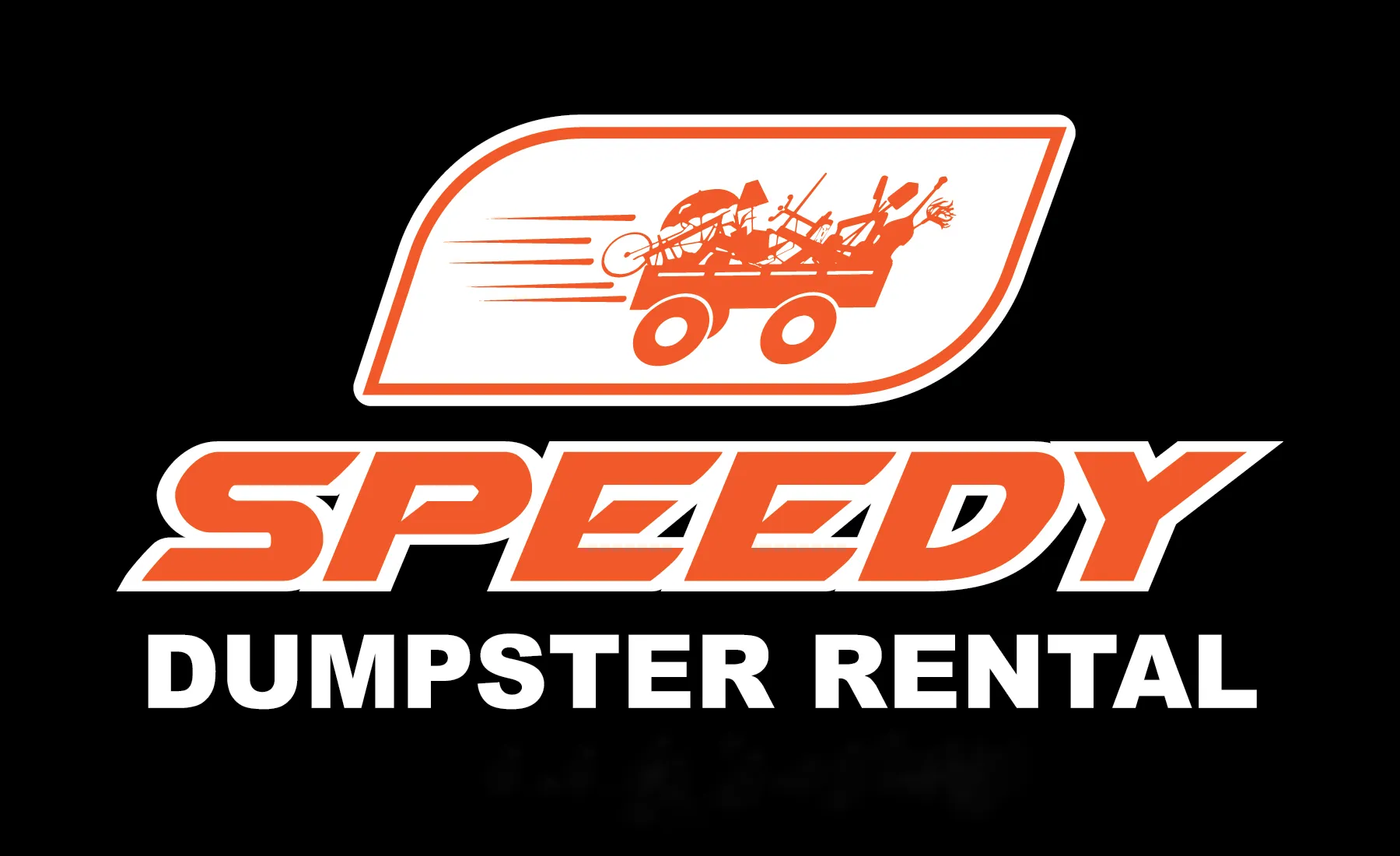OFFICE HOURS
Monday - Sunday: 7:00 AM - 7:30 PM

Construction Dumpster in Davenport, IA
Discover tailored dumpster rental for Davenport sites, including delivery, staging, debris sorting, and permit support. Learn more today.
Construction Dumpster in Davenport, IA
Construction dumpster planning for Davenport projects is an essential but often overlooked part of keeping a jobsite safe, efficient, and compliant. Whether you are managing a small remodel on a historic home in downtown Davenport or coordinating a multi‑phase build near the Mississippi River, the right roll-off container strategy reduces downtime, controls disposal costs, and simplifies recycling and permit compliance. This page explains container types and sizes, delivery and staging logistics, debris sorting and recycling options, weight and load considerations, permit support, safety factors, and long-term rotation plans tailored to Davenport construction needs.
Common construction dumpster types and recommended sizes
Construction work generates a wide range of debris. Choosing the appropriate dumpster size and type depends on the trade, material weight, and how quickly debris accumulates.
- 10-yard dumpsters
- Best for: small interior remodels, bathroom or small kitchen demo, finish carpentry debris.
- When to choose: tight urban lots or when access limits placement options.
- 15- to 20-yard dumpsters
- Best for: siding replacement, mid-size kitchen remodels, single-trade renovations.
- When to choose: moderate volumes, balanced weight/space considerations.
- 30- to 40-yard dumpsters
- Best for: full roof replacements, major home demo, new residential builds, larger commercial projects.
- When to choose: when large volumes of light-to-moderate weight debris are produced quickly.
Trade-specific guidance:
- Roofing: 30 to 40 yard containers for single-family roof replacements because shingle tear-off creates bulky loads.
- Framing/new construction: 30 yard containers keep framing waste centralized; add rotation plans for long schedules.
- Concrete, masonry, dirt: use smaller-volume containers or dedicated heavy-duty bins due to extreme weight. Consider separate containers for concrete to avoid overweight penalties.
- Kitchens and bathrooms: 10 to 20 yard units usually suffice; use separate bins for cabinetry/fixtures and clean-inert debris if recycling is planned.
Delivery, staging, and coordination with contractors
A successful delivery and pick-up plan minimizes interference with trades and local traffic patterns.
- Site assessment: Confirm gate widths, driveway grades, overhead clearance, and where trucks can turn. Roll-off trucks need clear, level access and typically require a straight-in or slight-angle placement zone.
- Staging location: Place dumpsters as close to the work area as possible while keeping sidewalks, fire lanes, and emergency access clear. In Davenport neighborhoods with narrow streets or boulevard parking, plan for curb cuts or private driveway placement.
- Scheduling: Coordinate drop-off and pick-up windows with trade schedules to avoid blocking critical operations. For multi-trade jobs, establish a primary contact who manages swap timing and keeps delivery windows predictable.
- Weather planning: Davenport winters bring snow and ice; secure placement that allows for safe access and snow removal. Springtime river flooding potential near the Mississippi may require elevated staging or relocation plans for low-lying sites.
Debris sorting, recycling, and prohibited materials
Efficient sorting reduces landfill costs and supports local recycling streams.
- Typical recyclable streams: clean concrete and masonry, scrap metal, untreated wood, and cardboard/paper from packaging. Davenport projects should consider separating these streams at the jobsite or requesting separate roll-offs.
- On-site sorting tips: Place labeled dumpsters or skip bins for metal, concrete, and wood to improve diversion rates. Use designated areas for sorting to keep jobsite traffic organized.
- Prohibited and special-handling materials: Hazardous waste, asbestos, lead-based paint debris, electronics, and certain chemicals require special disposal and are not allowed in standard roll-off containers. Asbestos and lead work require certified abatement before debris goes into a dumpster.
- Local recycling considerations: The Quad Cities region has recycling and transfer facilities capable of processing concrete, metal, and wood—sorting at source increases the chance of diversion and can lower disposal costs.
Weight limits and load types: avoid overage charges
Most roll-off containers come with a weight allowance; exceeding it leads to overweight fees. The interplay between volume and weight is critical.
- Heavy materials consume weight capacity quickly: concrete, brick, dirt, and tile are much heavier per cubic foot than drywall or lumber. If your project produces heavy debris, choose a smaller container dedicated to heavy materials or request a lower-volume heavy-duty bin with the operator.
- Strategies to control weight: segregate heavy materials, break concrete into smaller pieces to improve space efficiency, and avoid mixing heavy and light materials in the same bin when possible. Keep a running estimate of how much heavy material is going into each container and plan swaps before limits are reached.
Permits and compliance in Davenport, IA
Street placement on public right-of-way often requires permits and adherence to city rules.
- When a permit may be required: If a dumpster is placed on the street, sidewalk, or city-owned property you will likely need a temporary obstruction or right-of-way permit from the City of Davenport. Permit requirements can include specific placement markings, insurance proof, and permit fees.
- Typical permit process: Submit a permit application that specifies location, dates, and safety measures; allow lead time for approval. For longer-term placements, renewals or extended permits may be necessary.
- Contractor coordination: Many general contractors include permit support as part of site setup. For multi-phase projects, track permit expiration dates and maintain documentation on site.
Safety and site access considerations
Dumpster placement affects worker safety, public safety, and project flow.
- Protect pedestrians and vehicles: Keep sidewalks clear or provide temporary pedestrian routes; mark the dumpster with reflective signage and barriers if it’s near traffic.
- Ground protection: Use boards, mats, or cribbing under the dumpster to protect asphalt or landscaping, especially during wet spring conditions in Davenport.
- Snow, ice, and drainage: During winter, place dumpsters where snow removal is practical and water runoff will not pool around the bin. In flood-prone seasons, avoid low-lying areas that could be inundated.
- Secure load and site: Close top-loading or tarp the dumpster as needed to prevent debris loss, reduce wind-blown litter, and protect material from rain.
Long-term rental and rotation for ongoing projects
Long projects benefit from proactive rotation and scheduled swaps.
- Rotation plans: Schedule predictable exchanges (weekly, biweekly, or at set milestones) to prevent full containers from blocking work and to maintain compliance with weight limits.
- Staging multiple sizes: Use a mix of sizes to handle different material streams—one smaller heavy-duty dumpster for concrete and a larger 30-40 yard for light construction debris.
- Record keeping: Track dates of deliveries, pick-ups, weights, and material types for budgeting and landfill diversion reporting. This makes billing more transparent and supports project accounting.

Customer
Testimonials
See what our satisfied customers are saying about their experience with us.
